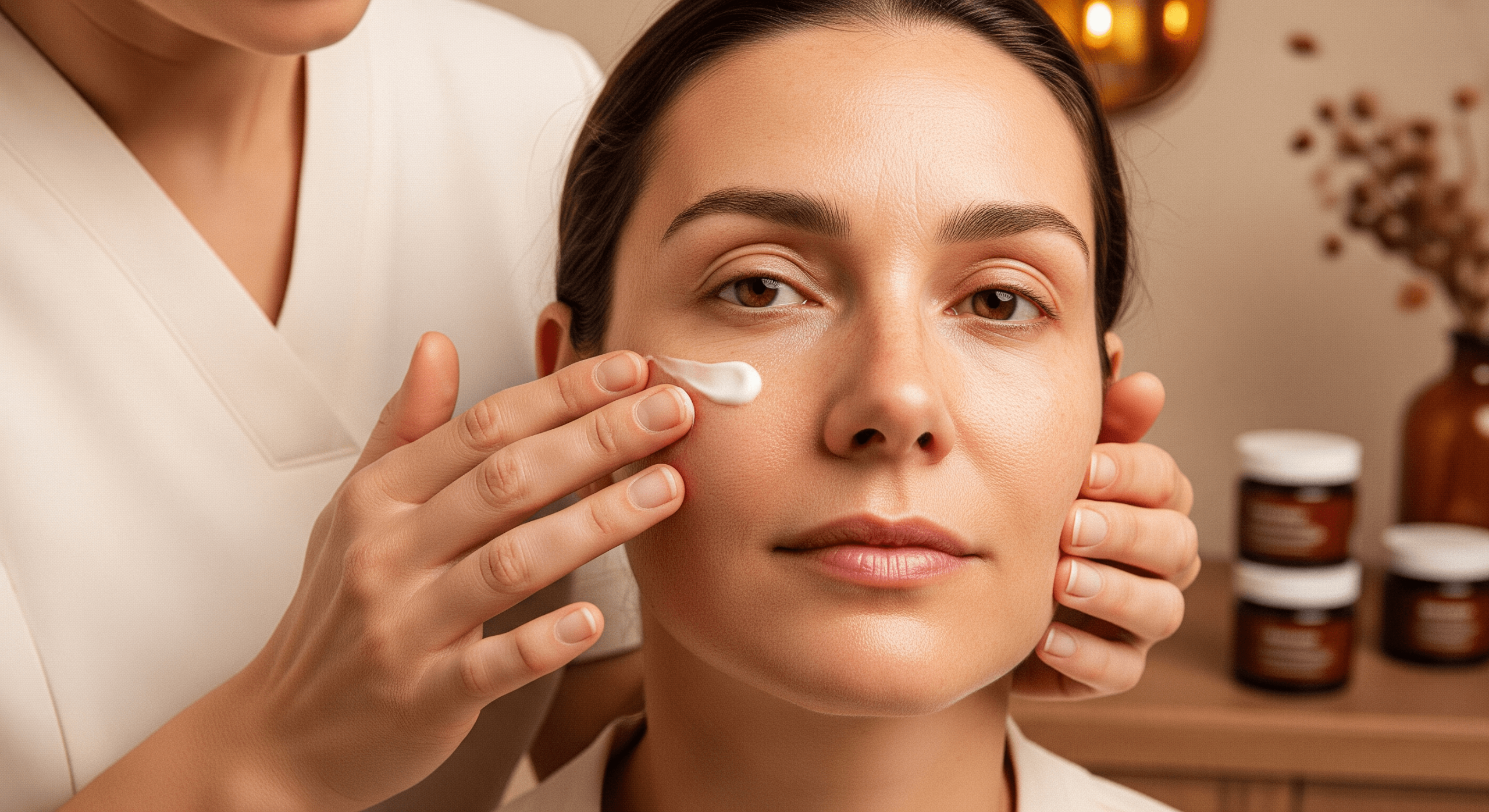How do you find skincare advice that’s actually meant for your skin? For many people of color, the search for effective routines and treatments is complicated by the fact that most skincare guidance centers on lighter skin tones. But melanin-rich skin has distinct characteristics—both strengths and sensitivities. If you want to tackle dark spots, scarring, dryness, or even just keep your glow, understanding what works best for you is the first step. This article explores how and why skincare for people of color should be customized, what results to expect, and how to avoid common pitfalls.
Jump To:
TLDR – Quick Guide
- Melanin-rich skin can be more prone to hyperpigmentation, scarring, and dryness.
- Visible improvements in tone and texture are often noticeable within the first month of a personalized routine.
- Lasting results require months of consistent, tailored care, ideally with professional guidance.
- The right products, sun protection, and gentle treatments are crucial for maintaining healthy skin.
- Consulting with providers who understand the unique needs of people of color can help you achieve the best outcome.
Detailed Breakdown
Why Does Melanin-Rich Skin Need Special Attention?
People of color often have skin with more melanin, which provides some natural protection against sunburn but also brings unique challenges. Hyperpigmentation after inflammation (like breakouts or shaving), sensitivity to strong chemical peels or lasers, and a tendency to develop keloids are more common. Dryness and an ashy appearance can also be a concern if skin isn’t properly hydrated.
How Does Customized Skincare Work?
Week 1–2: Early Subtle Shifts
Gentle cleansers and hydrating products start to restore skin comfort. You may notice reduced dryness or less visible ashiness, while the overall feel of your skin begins to improve.
Week 3–4: Noticeable Improvements
Brightening ingredients like vitamin C and niacinamide help fade recent dark spots. Your complexion may look more even, and persistent irritation from harsh products starts to calm down.
Month 2–3: Major Changes Take Hold
Hyperpigmentation and acne scars start to fade more dramatically with continued targeted treatments. Moisturizers rich in ceramides support the skin barrier, and your skin may appear smoother, more balanced, and less reactive to environmental stress.
Months 4–6: Peak Benefits
By now, your skin reflects sustained care: fewer dark marks, greater resilience, and a more luminous tone. Preventive steps—especially daily sunscreen and avoiding unnecessary trauma—are part of your routine, making results easier to maintain.
What Factors Affect Results in Skincare for People of Color?
- Ingredient Selection: Actives like azelaic acid, licorice root, and retinoids can help—but only when used carefully.
- Professional Treatments: Not all lasers and peels are safe for deeper skin; choose clinics that specialize in treating skin of color.
- Lifestyle: Diet, hydration, and stress management play a supporting role in visible results.
- Consistency: Irregular product use or skipping sunscreen will slow progress.
Side Effects and What to Watch For
Even with the right plan, some people may experience temporary dryness, tingling, or mild irritation when starting new products. This is usually short-lived if actives are introduced gradually. In rare cases, incorrect use of strong treatments can worsen pigmentation, so supervision from an experienced provider is recommended.
Realistic Expectations: What Most Patients Experience
- Early Wins: Improved hydration and softer texture come first.
- Gradual Changes: Fading of dark spots and smoother tone require ongoing care.
- Long-Term Success: Maintenance is easier once your skin is balanced, but vigilance with sun protection and gentle routines must continue.
Patience is vital: skin transformation is a process, not an event.
Key Takeaways
- Skincare for people of color should address hyperpigmentation, scarring, and dryness with ingredients and routines that respect melanin-rich skin.
- Noticeable improvements often begin in the first few weeks, but optimal, lasting results require at least 3–6 months.
- Customization, consistency, and expert support are essential for getting—and keeping—results.
FAQs
How soon can I expect results from a personalized skincare routine for people of color?
Subtle changes in hydration and tone may be visible within a few weeks, while significant fading of dark spots usually takes a few months.
Are there treatments I should avoid?
Aggressive lasers and strong chemical peels not tailored for deeper skin can cause unwanted pigmentation. Always check with a professional experienced in treating diverse skin.
Do I still need sunscreen?
Yes—daily sunscreen is crucial for preventing dark spots and keeping skin tone even, no matter how dark your skin is.
What is the biggest mistake to avoid?
Using harsh products or skipping sun protection can lead to setbacks like irritation or worsening discoloration.
How do I find the right skincare provider?
Look for clinics or professionals with a clear track record in treating people of color and ask about their approach to pigmentation and scarring concerns.


